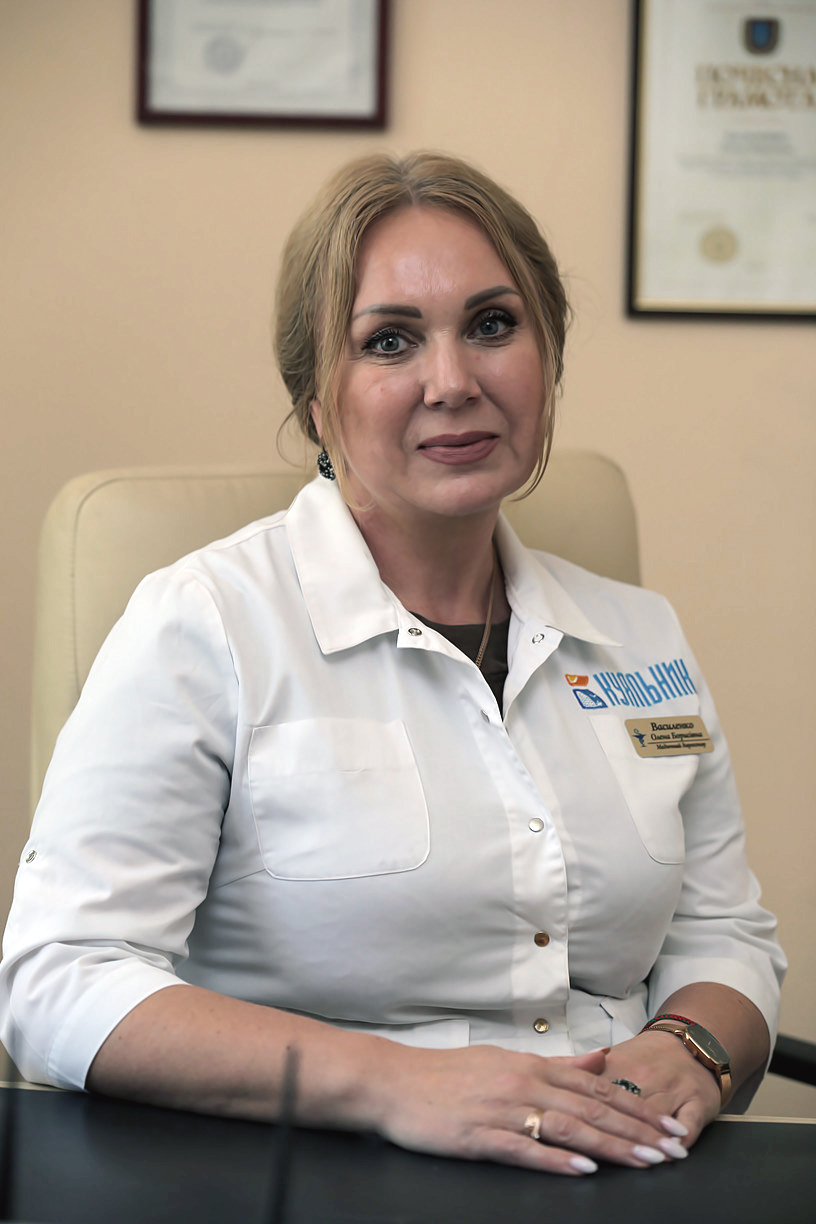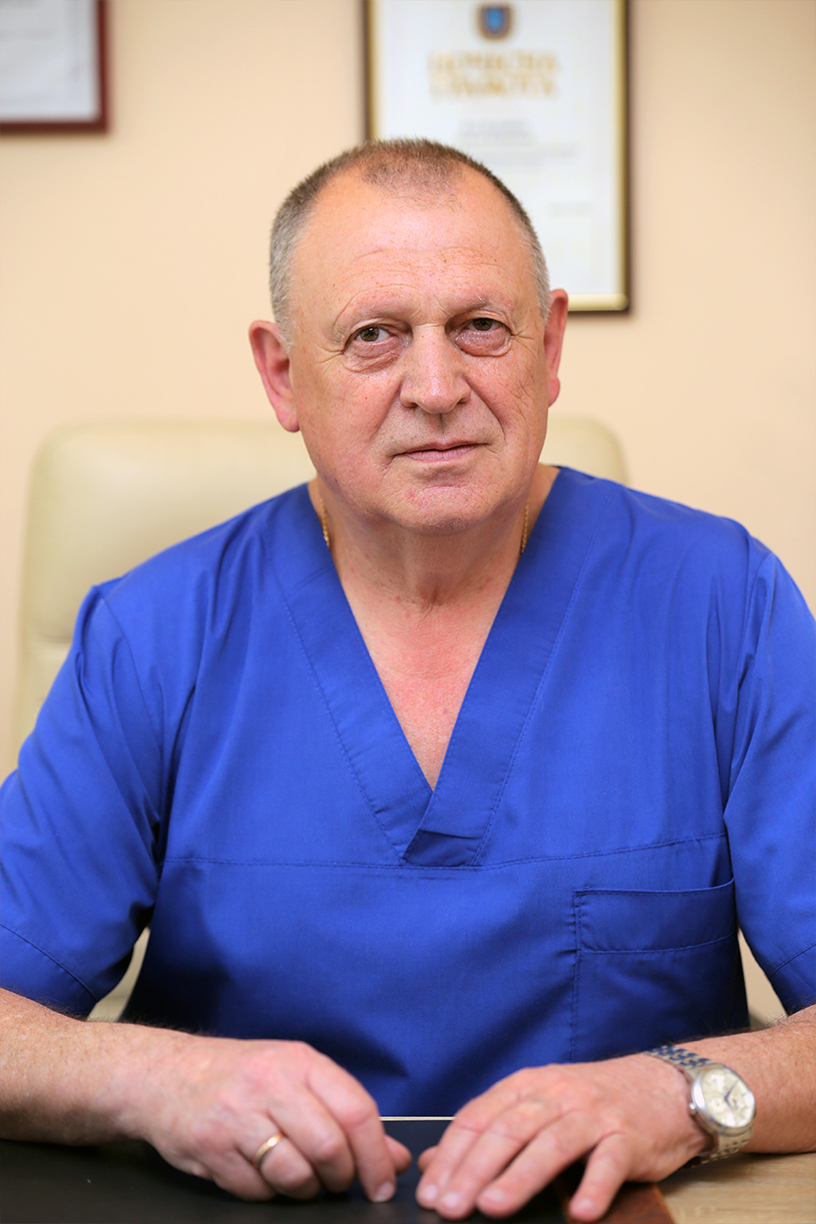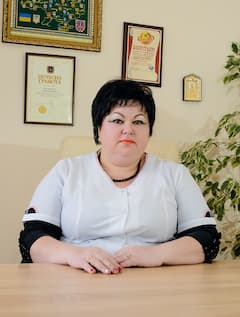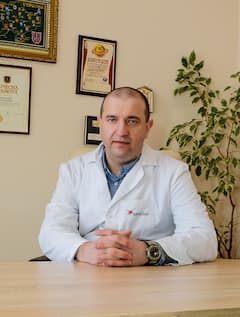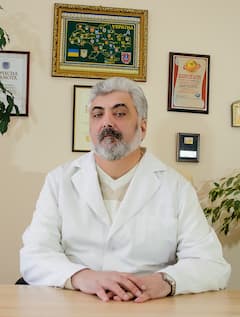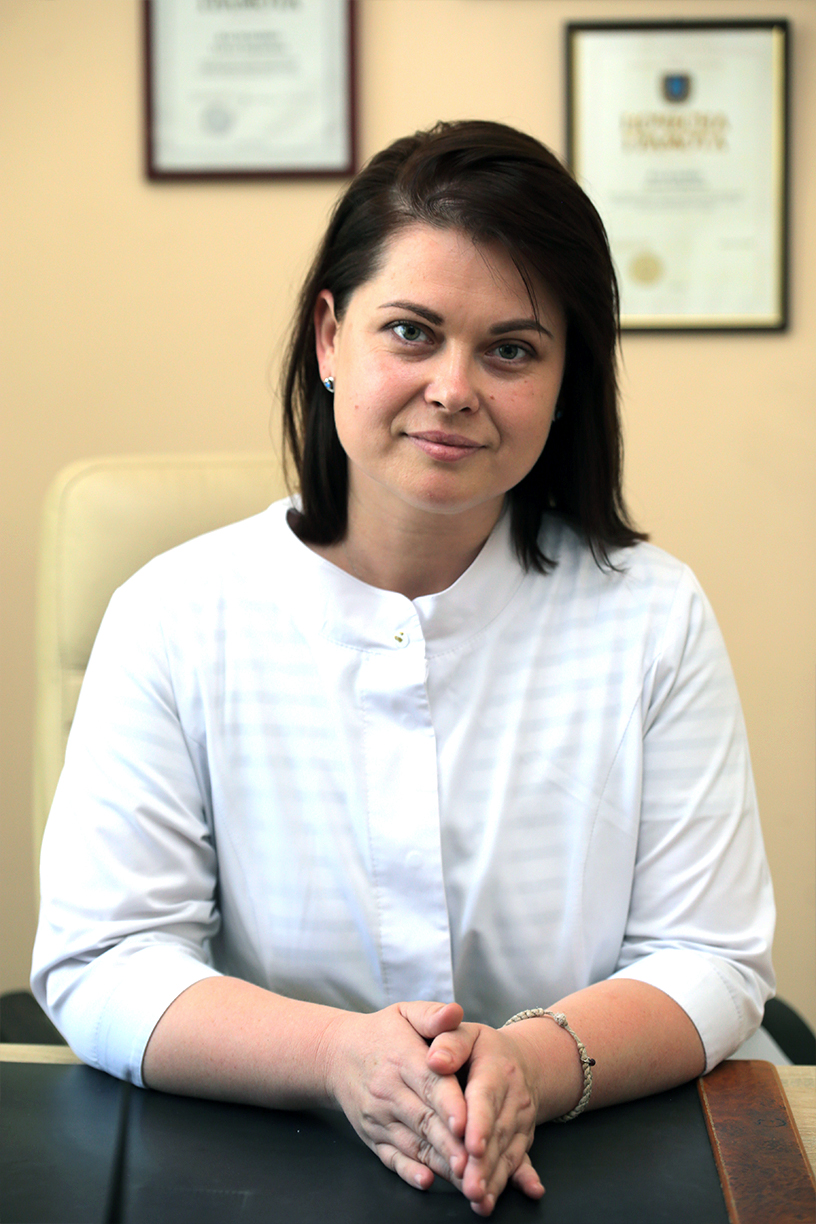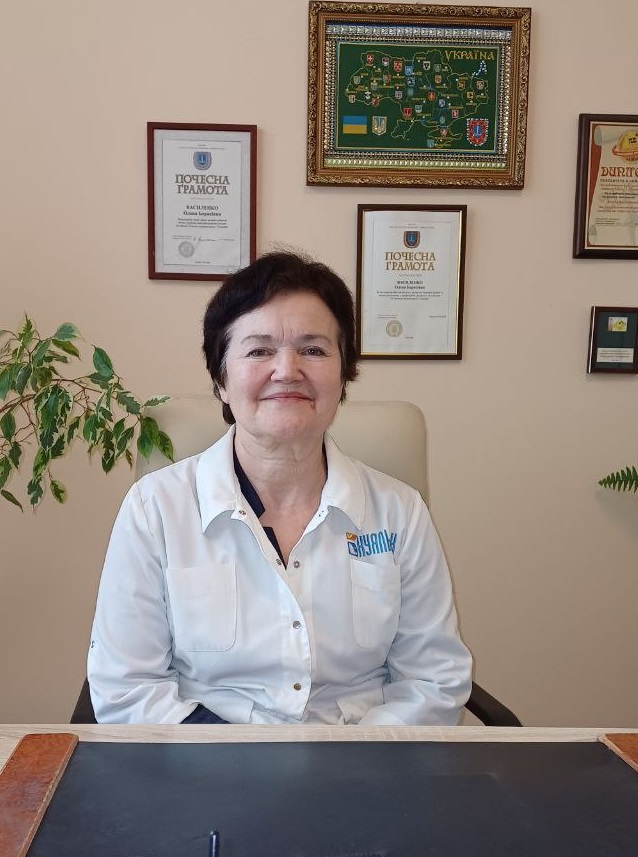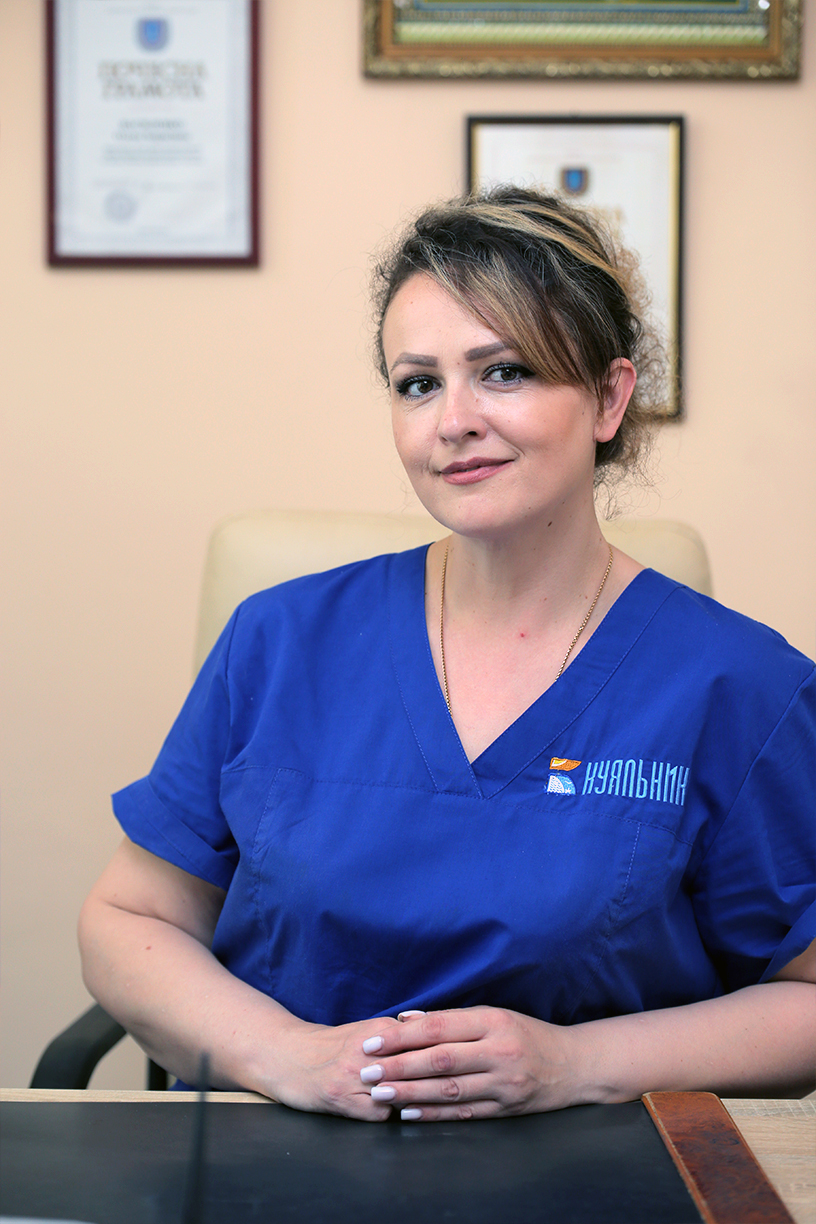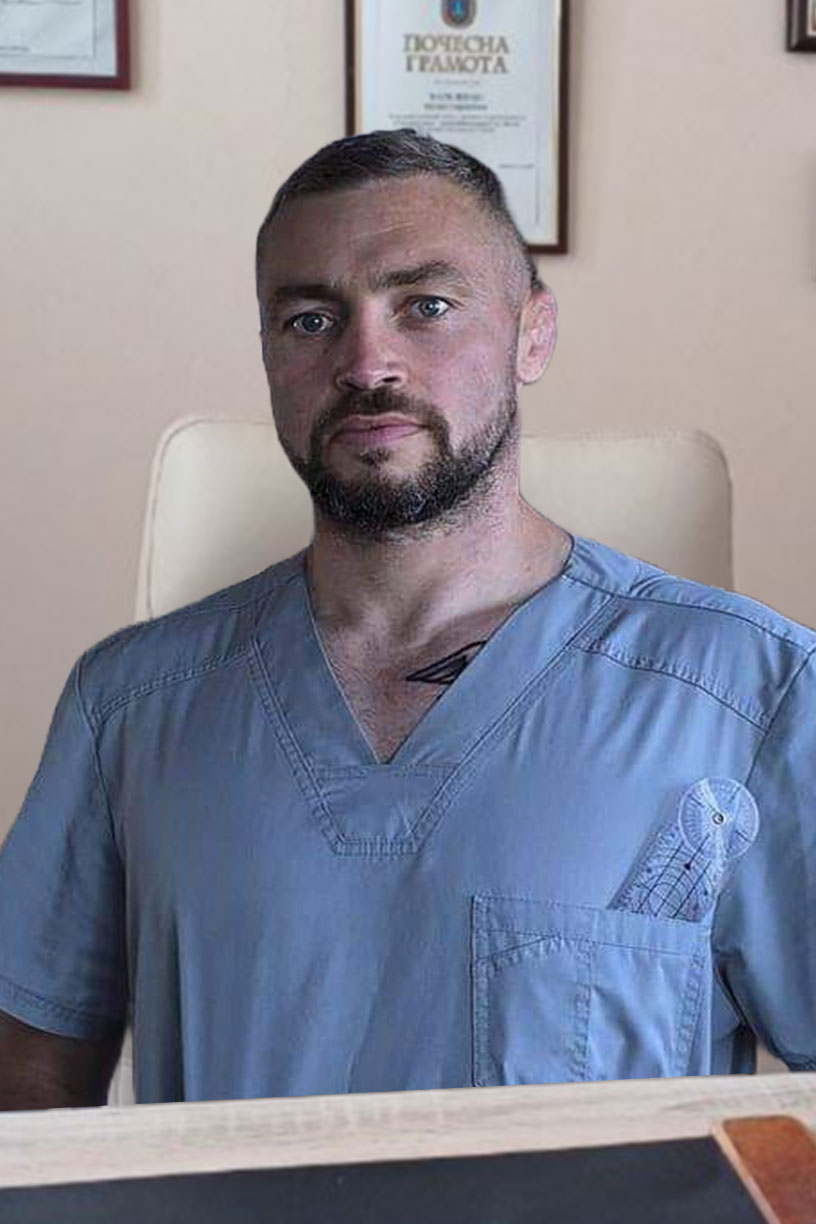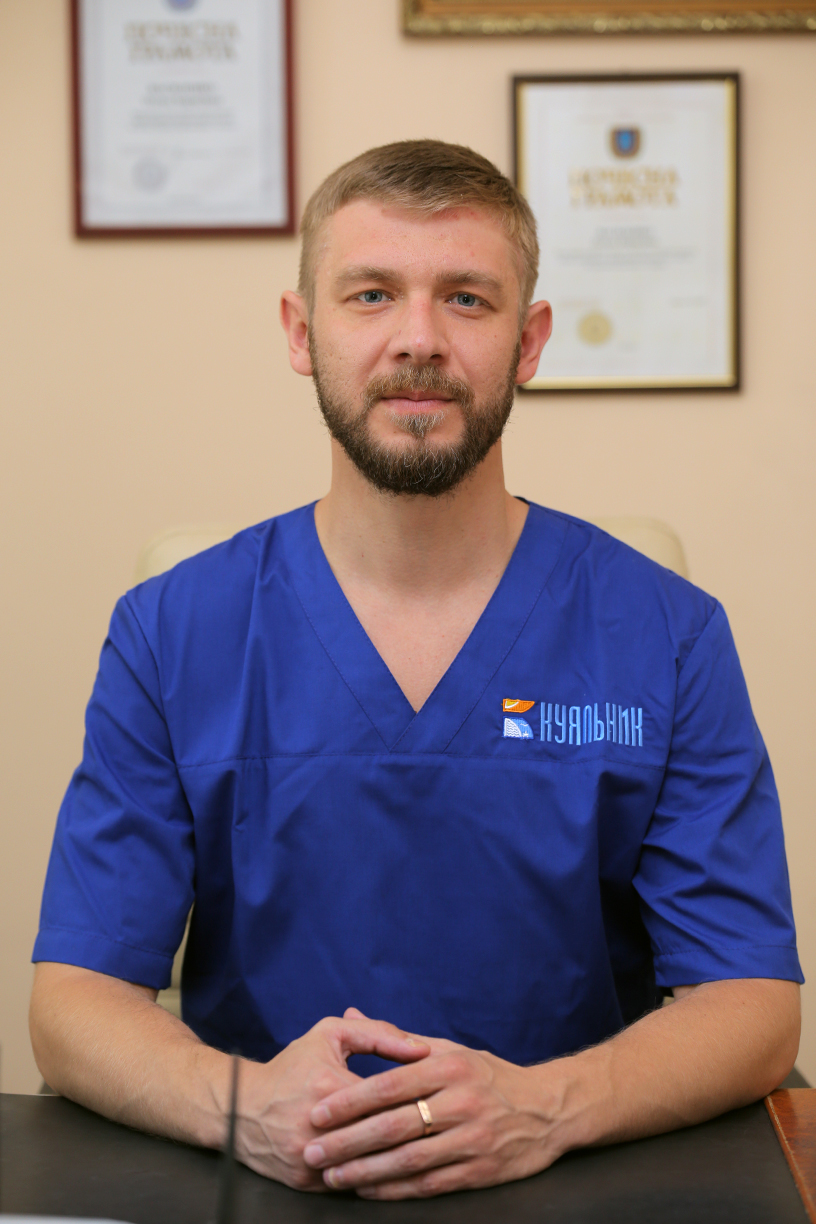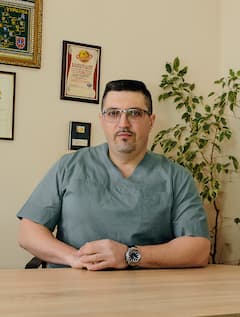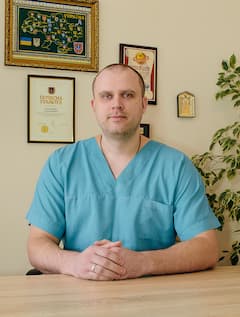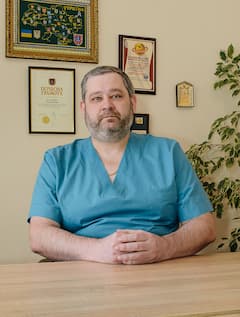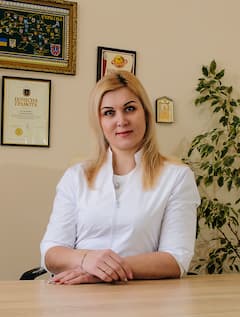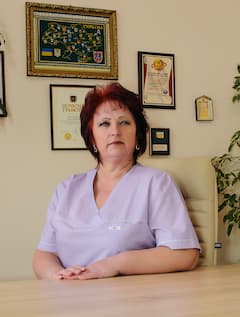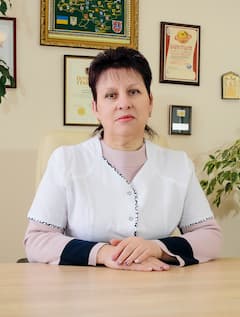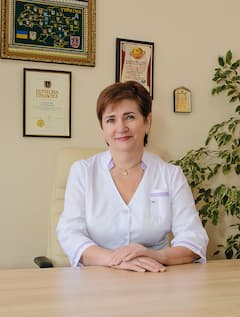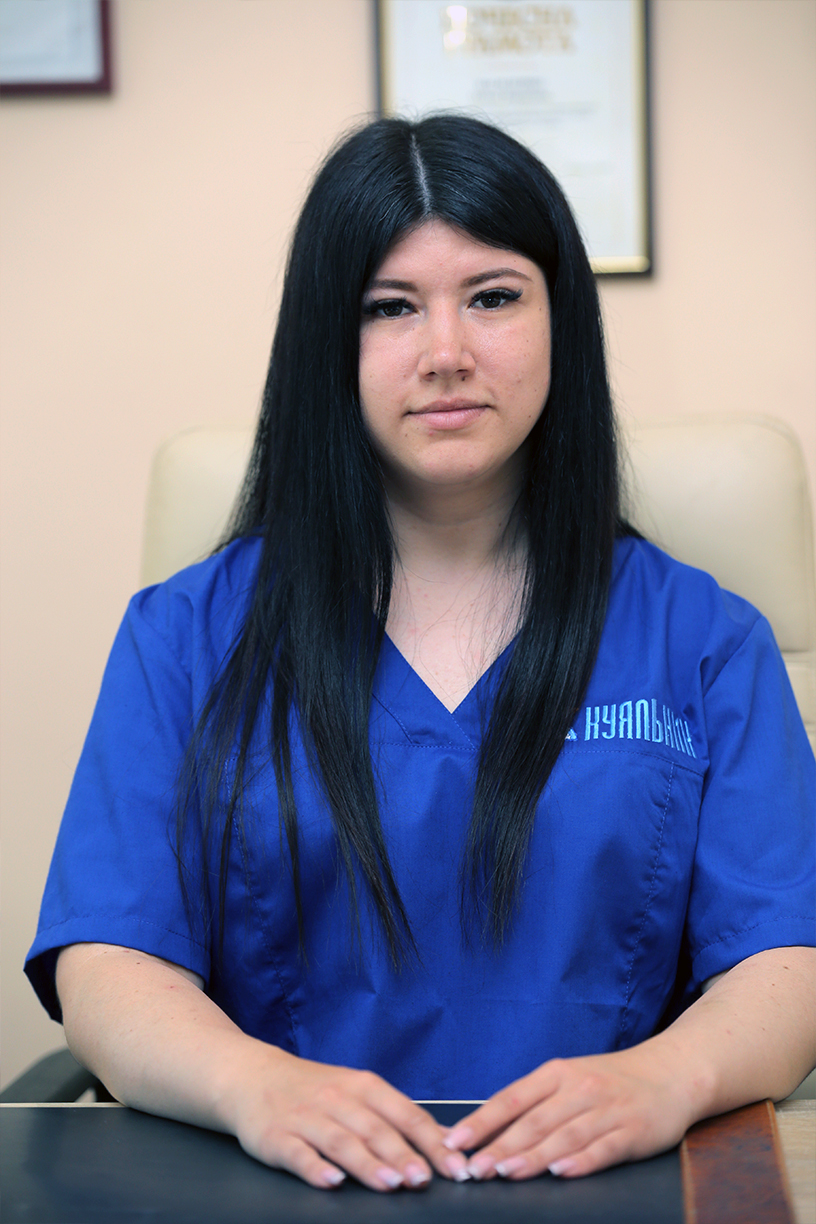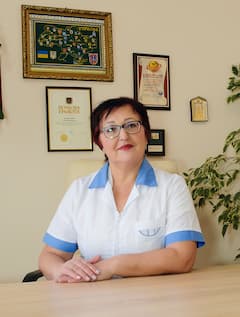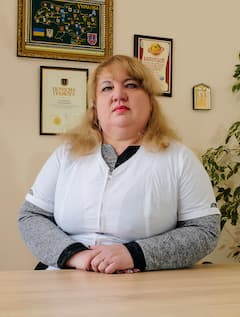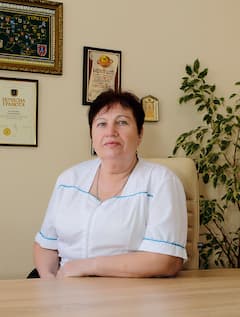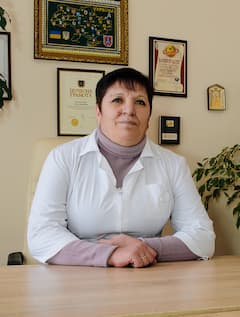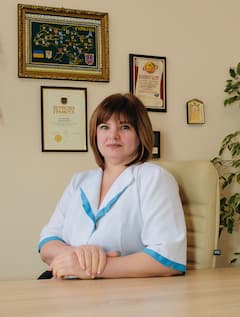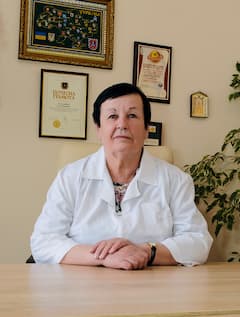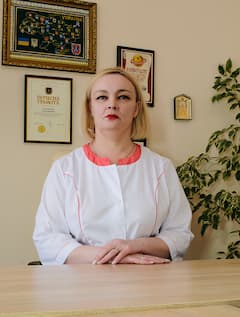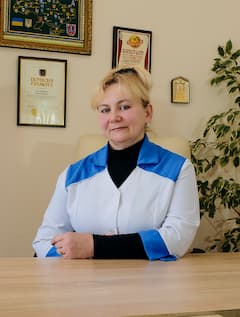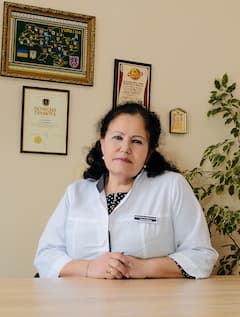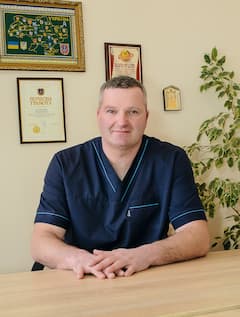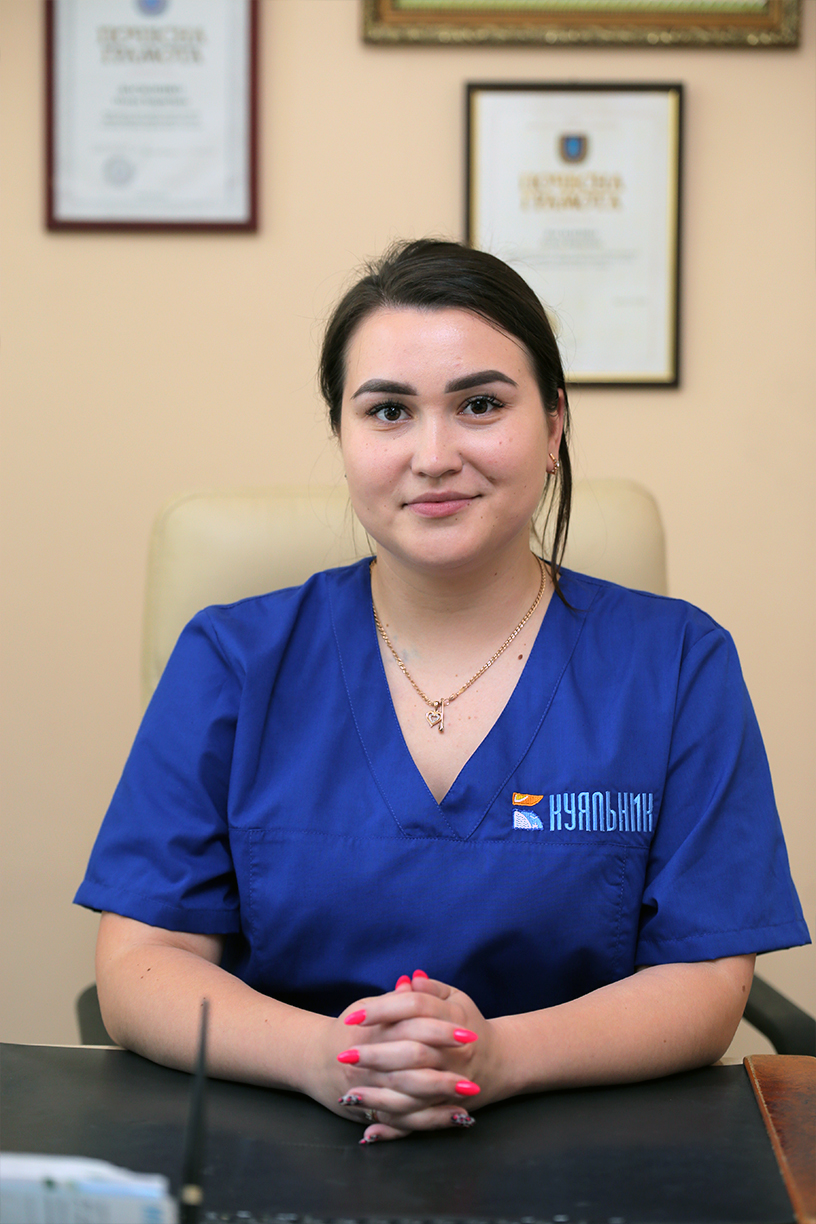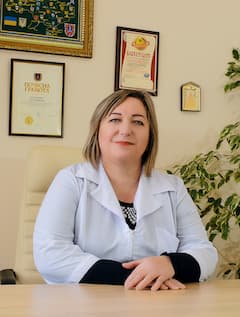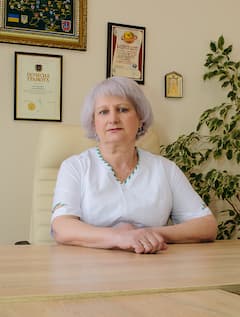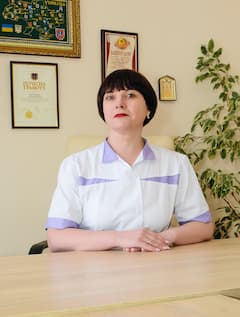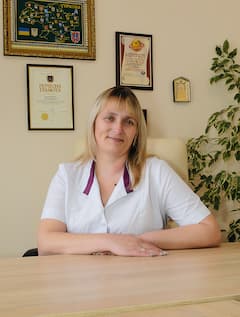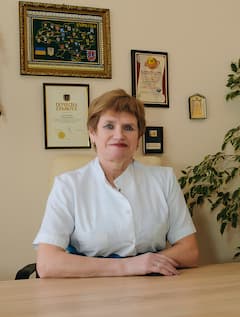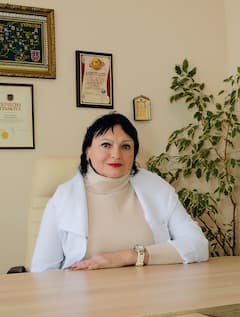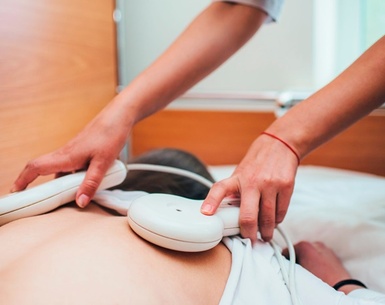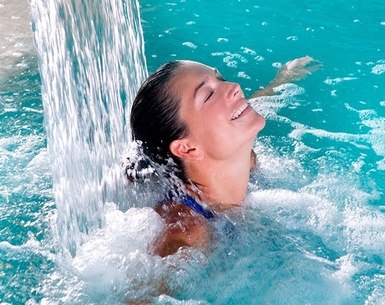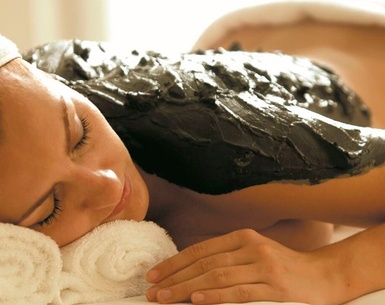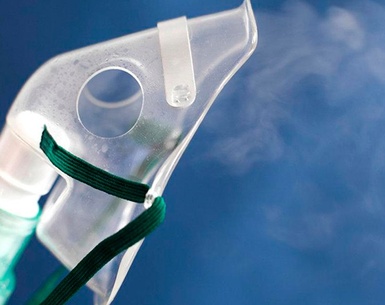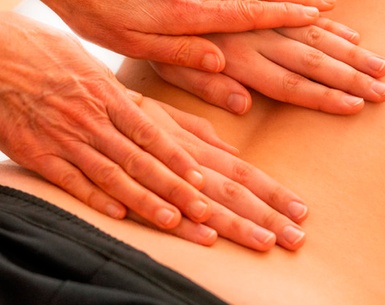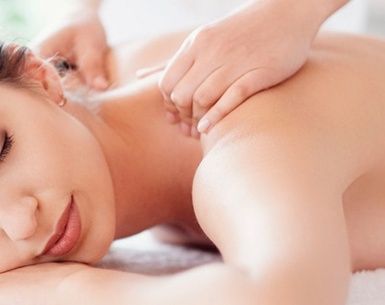Deforming osteoarthritis (DOA) is a chronic joint disease characterized by the degeneration of articular cartilage, leading to joint deformity. Most commonly, the hip (coxarthrosis) and knee (gonarthrosis) joints are affected.
Causes of DOA
The causes of deforming osteoarthritis include:
- Age (over 40 years)
- Higher prevalence in women
- History of professional sports activities
- Excess weight
- Injuries
- Static loads
- Metabolic disorders
- Infectious diseases
- Degenerative processes in connective tissue
- Hereditary predisposition to injuries
Symptoms of DOA
The first symptom that prompts seeking medical advice is persistent joint pain that occurs during physical and static activities and subsides at rest. The intensity of pain can vary from severe, limiting joint mobility, to moderate, occurring only with certain movements.
Other symptoms include:
- Joint "crunching" during movement
- Limited mobility
- Limping
Pathogenesis and Development of DOA
The underlying cause of this disease is the aging or traumatic damage of the joint. In DOA, the articular cartilage, which acts as a shock absorber, is primarily affected. This cartilage reduces pressure on the joint surfaces of the bones, allowing them to glide smoothly over each other by squeezing out joint fluid under load, which it absorbs at rest, thus lubricating the joint.
As the disease progresses, the cartilage becomes drier and more brittle. In response to stress, its fibers easily break down, and the cartilage layer covering the joint surfaces becomes thinner, eventually leading to its complete destruction. The joint space narrows. Bone outgrowths (osteophytes) form at the joint edges, causing joint deformity and functional insufficiency.
Stages of DOA
The stages of deforming osteoarthritis are classified based on the clinical and radiological picture of the disease:
First stage: Painful sensations in the joint during intense physical exertion and at rest. Characterized by minor movement limitations in one direction for the affected joint. X-rays, MRI, and CT show small osteophytes at the joint edges and moderate narrowing of the joint space.
Second stage: Pain during minor physical activities and at rest. Characterized by restricted mobility in the affected joints, presence of crunching during movements, mild muscle atrophy. X-rays, MRI, and CT reveal significant bone growths and pronounced narrowing of the joint space.
Third stage: The most severe stage. Characterized by significant joint deformities. The joint is restricted in its movements, in a forced position, and ankylosis develops. X-rays, MRI, and CT show the complete disappearance of the joint space.
Treatment of DOA at the Pirogov Sanatorium
Comprehensive treatment of deforming osteoarthritis is available at the Pirogov Sanatorium, Kuyalnik Resort. The treatment is based on the use of Kuyalnik estuary mud and brine in combination with physiotherapy.
Main Procedures and Their Effectiveness
DOA treatment at the sanatorium includes the following procedures:
-
Mud Therapy: Mud applications, gas-mud baths, mud compresses. The therapeutic muds of Kuyalnik estuary have anti-inflammatory, analgesic, and regenerating properties, improving joint condition.
-
Water Procedures: Sage, bromine, and pine-brine baths. These procedures help reduce inflammation, improve blood circulation, relieve pain, and enhance joint mobility.
-
Hydrokinesitherapy: Therapeutic exercises in water reduce joint stress, improving mobility and reducing pain.
-
Underwater Joint Hydromassage in Brine: This procedure helps relax muscles, improve blood circulation, and reduce inflammation.
-
Physiotherapy Procedures: Magnetolaser therapy, magnetotherapy, ultraviolet irradiation, electrophoresis, ultrasound. These methods effectively relieve inflammation and pain syndrome, improving the overall condition of the joints.
Additional Treatment Methods
In addition to the main procedures, the sanatorium employs additional methods for treating DOA:
-
Intake of Warm Mineral Water "Kuyalnik": Recommended three times a day before meals. This helps improve metabolism and the overall condition of the body.
-
Extended Stay in Fresh Air and Sea Baths: Contribute to the general strengthening of the body.
-
Bathing in the Estuary (liman therapy) and Diet Adherence: Help reduce inflammation and improve the overall condition of the joints.
Psychotherapy and Therapeutic Physical Training
If necessary, patients are prescribed psychotherapy and therapeutic physical training. These methods help manage the psychological aspects of the disease and improve the physical condition of patients.
Therapeutic Properties of Mud and Brine
The therapeutic properties of Kuyalnik estuary mud and brine have analgesic, anti-inflammatory, antibiotic- and hormone-like, desensitizing, immunostimulating, and histamine-like effects. They also regulate the central nervous system and improve trophic processes, restore cartilage tissue, and eliminate the inflammatory process in the joints. This significantly improves joint mobility.
Patient Success Stories
Patients who have undergone treatment at the Pirogov Sanatorium note significant improvements in their health. Many of them share their success stories:
-
Maria, 50 years old: "After several months of struggling with joint pain, I turned to Kuyalnik Sanatorium. Mud therapy and physiotherapy worked wonders! Now I can move without pain again."
-
Alexander, 60 years old: "Treatment at Kuyalnik Sanatorium helped me regain the joy of an active life. I am grateful to all the doctors for their professionalism and care."
Scientific Research and Evidence
The effectiveness of treating deforming osteoarthritis at Kuyalnik Sanatorium is confirmed by numerous scientific studies. Scientists and doctors note that the therapeutic mud and brine of the Kuyalnik estuary help reduce inflammation, improve blood circulation, and restore cartilage tissue. These natural treatment methods are an important part of comprehensive DOA therapy.

